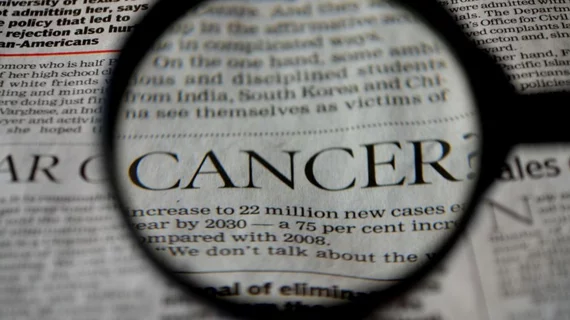Report: 5 key ways to maximize cancer screening
The American Cancer Society (ACS) released a new report, Monday, Nov. 19, highlighting the current state of cancer screening and put forth specific areas requiring further attention to fully maximize the potential of screening to combat cancer.
"The capacity to screen for asymptomatic cancer and cancer precursors defines one of the great successes in the history of cancer control, but the full potential of cancer screening is not being achieved," said Robert A. Smith, PhD, and VP of screening for the ACS. "Millions of individuals who should be screened are not being screened, and millions who are being screened are not receiving the highest quality testing available."
Published in CA: A Cancer Journal for Clinicians, “A blueprint for cancer screening and early detection: Advancing screening’s contribution to cancer control” highlighted five areas to focus on in screening. They are summarized below:
1. Improving implementation of existing screening modalities
Research is needed to jumpstart organized cancer screening, particularly in populations that are less likely to seek out screening. Areas of research should include reminder systems, population management, public messaging, team-based care and navigation. Approaches to organizing and paying for healthcare are also needed, according to the report.
2. Screening tests need quality and performance reviews
More money is required to assess current screening technology, to aid research and development of existing methods and for entirely new technologies. Funds are also needed to maintain performance standards.
3. Research for new strategies to screen for certain cancers
Breast cancer screening techniques such as contrast-enhanced MRI and molecular breast imaging have shown potential to overcome the limitations associated with two-dimensional (2D) and 3D mammography in women with dense breasts. More research is needed to develop “higher performing, more affordable, and/or more culturally acceptable” screening methods, the authors wrote.
4. Increased focus on refined, risk-based strategies
Guidelines for screening those at higher than average risk are often highly variable. Further research could produce more robust data to help better define these guidelines and identify lower-risk individuals who may benefit from different screening or who may be able to forgo the task entirely.
5. Develop screening methods for cancers which currently have none
Pancreatic cancer currently has no screening strategy, but is set to become the second leading cause of cancer-related death in the U.S. by 2030. Liver and bladder cancer also have no “practical” risk-based screening tests, according to the report.
"The barriers that are impeding improvements in screening rates need to be systematically identified and rectified with no less than a mission-oriented commitment,” the authors concluded. “Research dedicated to improving existing screening strategies and finding new ones is necessary, and the current level of investment in this type of research is insufficient."

